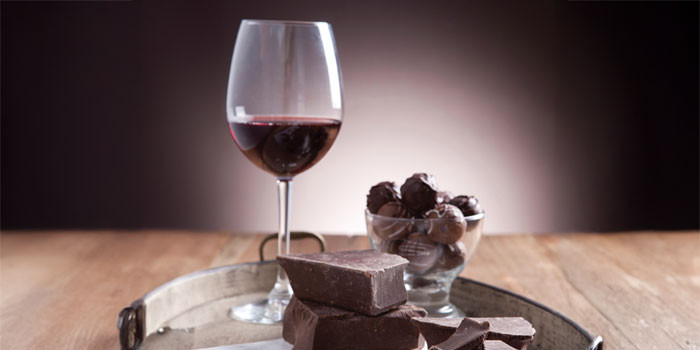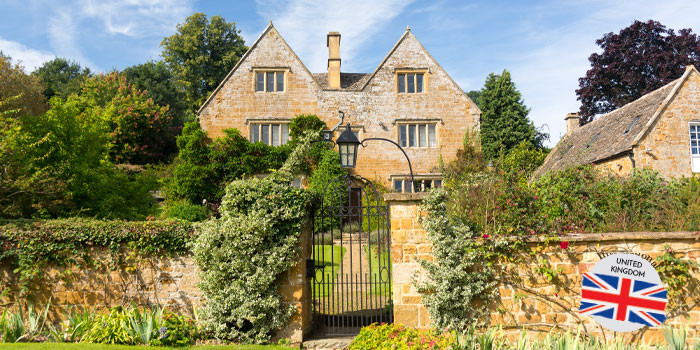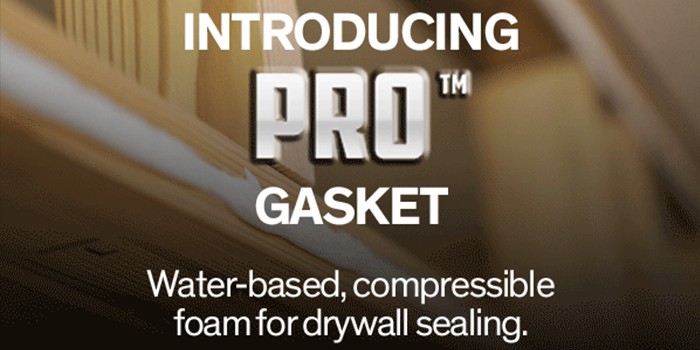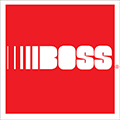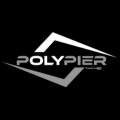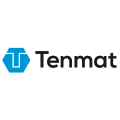Center Stage


Spray Foam Magazine – Winter Issue 2024 – At live events like concerts and sports games, loudness isn’t just expected, it’s part of the appeal. Attendees revel in the sounds of the crowd cheering, the bass thumping, and the melodies blaring through state-of-the-art speaker systems. Massive venues like the VyStar Veterans Memorial Arena in Jacksonville, Florida, often go to great lengths to protect the sound quality at their facility while helping guests have the time of their lives. That’s why when VyStar installed VIP seating platforms called Premium Loge Lounges, they knew it was critical to protect the lounges from excessive vibrations caused by sound traveling up the metal support beams.
Concert sound levels don’t emit high enough decibel ranges to cause major structural damage. However, being able to feel the floor vibrating would quite likely be distracting to the lounge guests trying to enjoy the concert. Adding spray foam to the drywall that faces the main stage and beneath the lounge’s subfloor would help absorb the excess vibrations and prevent sound waves from traveling up the metal beams and reverberating through the lounges’ floor. Eliminating the excessive vibrations also prevents the lounge floors from feeling springy during shows – a common and harmless phenomenon that can sometimes alarm guests by giving the illusion that the floor is unstable, even though it’s simply just vibrating.
VyStar’s general contractors, Jacksonville-based Birken Construction, Inc., suggested adding spray foam beneath the lounges to avoid vibrations. Birken reached out to Michael Clark, owner and operator at Clark Spray Foam and described the project. He asked them to bid on the VyStar project.

The team applied a layer of NCFI open-cell foam to the drywall and the subfloor between each metal stud beneath the lounges

Michael Clark fills in visible cracks with a can of Soudafoam All Season sound foam.
“They were worried we wouldn’t want to bid on the job because the area we’d be working in was so tiny and cramped, but we were up for it.” Clark recalls. He placed a bid, and the job was all theirs.
The arena enlisted the help of Clark Spray Foam to crawl into the empty space underneath the new lounges and install NCFI’s open-cell foam to approximately 3,500 sq.ft. of drywall and subfloor.
Over the course of five years in business, Michael Clark and his team of five have gotten plenty of experience using foam for sound dampening and have a product with a proven track record.
“We went with the go-to foam that we always use for sound, NCFI. The open-cell is porous and great for trapping sounds and dampening vibrations,” Clark explains. They previously used this same foam for sound control at the church he and his family attend.
On July 25th, 2024, the Clark Spray Foam team set out across town for the VyStar Veterans Memorial Arena. They needed all hands-on deck and brought both rigs, as well as all five employees, plus Clark himself. The team was excited to be out on a big job together and enjoyed the novelty of working at a site outside of the ordinary residential homes and commercial buildings.
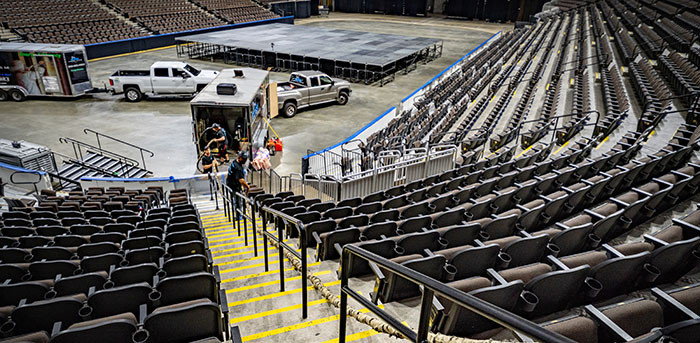
The team brought the spray hoses up the arena’s steps to the entry of the narrow access point underneath the lounges.
When their fleet pulled up to the sprawling arena, venue staff directed them to pull both rigs straight inside onto the arena floor. Being able to park inside the arena meant they could back the rigs up as close as possible to the work area to get the most reach out of the hoses. After parking the rigs, they all got to work prepping the site, unwinding the hoses, and firing up the PMC PH-2 machines.
“We use PMC PH-2 machines because they’re mechanical and able to fix without needing to call a technician to work on the computerized parts,” Clark said, adding with a laugh. “If there’s one thing about working in spray foam, it’s that everything always breaks sooner or later.”
The Premium Loge Lounges that the Clark Spray Foam team would be working underneath are located on the east and west sides of the arena, up the stairs between the first and second seating levels. The crew split into two teams to get both sides sprayed at the same time, even though only one person could comfortably fit into the area at a time. Although they’d be spraying the foam in an enclosed area away from the main part of the arena, the team took precautions in case any pressurized foam managed to find its way through a hole or a crack and land on one of the rows of seats. They took care to cover everything within a 10-ft radius of the spraying areas with layers of plastic masking and Ram Board.
“We never risk the chance of overspray, especially around expensive arena seats,” Clark said. In addition to masking, Clark went around with a can of Soudafoam All Season sound foam, filling any visible cracks and gaps that the NCFI foam could shoot out of during spraying.
With his team busy masking up, Clark walked around and assessed the site for any potential problems. During his walkthrough, he noticed that although there were narrow access holes on the sides of each lounge, he wondered if they might be too far apart in the event of an emergency. He requested that the site supervisor cut additional access holes in the middle of lounges as an emergency escape route, just in case.
“It was one of the tightest spots we’ve gone into in a long time. Anything can happen – a spray gun could explode, or something else, and I didn’t want to risk anyone getting stuck.” Fortunately, no one needed to use any of the access points to make a hasty exit, but Clark’s willingness to make a proactive safety decision illustrates his commitment to never risking his team’s well-being.
When it got close to spraying time, the crew members began to snake the spray hoses up the arena stairs to the entries of the access areas where the sprayers would be working. The 250-ft hoses were more than long enough to reach up the arena stairs and across the length of the lounges.
While the others set up the hoses, the sprayers began putting on their arsenal of PPE. They wore 3M’s full-face fresh air respirators with HEPA/carbon filters, connected to a Tennessee Chill Box to pump in fresh, cool air. They also wore hooded DuPont ProShield coverall suits along with protective G-Tex gloves. Last but not least, they put on a headlamp for maximum visibility in the cramped space. Once they got suited up, the sprayers headed their separate ways, ready to duck inside the empty space beneath the Premium Loge Lounges.
The sprayers stooped down into the void space beneath the Loge Lounges where they’d be working for the next several hours. Their headlamps lit up the drywall and metal studs they’d be spraying, and they made sure they had enough slack in the hose to move around the small space freely. After getting situated, they started spraying the foam.
Using a spray rig with a PMC PH-2 and a Graco AP Fusion Gun, the Clark Spray Foam crew added three and a half to five inches of NCFI’s open-cell foam. Their 250-ft. hoses had no trouble reaching up the rows of arena steps and into the crawl space beneath the lounges’ subfloor. The foam was sprayed onto the drywall between every metal stud, all the way to the floor. This blanket of foam would be vital in dampening sound vibrations in the lounge above, keeping concert attendees comfortable and undisturbed.
“It wasn’t too different from spraying a crawlspace or attic.” Clark said. From site prep to cleanup, the six-man Clark Spray Foam team took about six hours to spray NCFI open-cell foam underneath both Premium Loge Lounges. “If we hadn’t brought everyone and both rigs, it may have taken longer.”
The VyStar Veterans Memorial Arena made the right call in deciding to install the foam – while the upgrade may be imperceptible to visitors, the foam’s absence would make a huge difference. Before the foam installation, arena guests visiting the lounges might have felt the sound vibrations traveling up the metal beams underneath the subfloor. Now, guests in the lounges can enjoy drinks and a show with a great view of the arena, minus the complimentary shake, rattle, and roll.
Disqus website name not provided.





